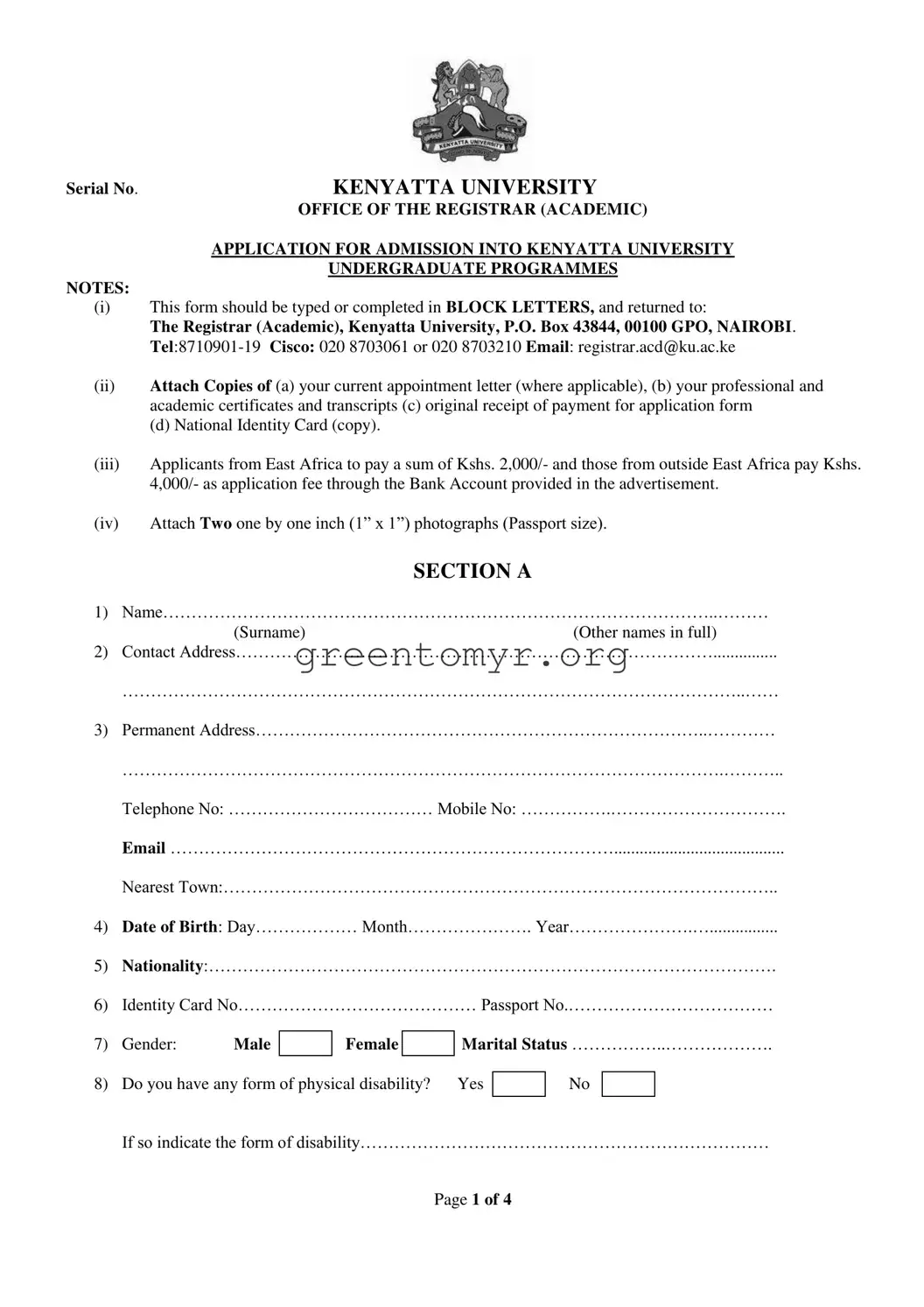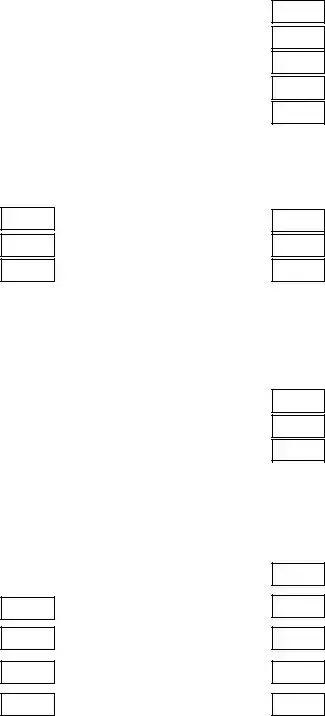Completing the Kenyatta University Application form accurately is essential for a successful admission process. However, many applicants overlook important details. One common mistake is failing to complete the form in BLOCK LETTERS. The instructions clearly state the need for clarity, and any illegible handwriting may lead to application delays or rejections.
Another frequent error is neglecting to attach the required documents. Applicants often forget to include copies of their academic credentials or appointment letters. These attachments are crucial to support their application and provide proof of qualifications. Without them, the application could be deemed incomplete.
Many individuals also struggle with payment mistakes. Paying the incorrect application fee can invalidate the application. Those from East Africa are required to pay Kshs. 2,000, while international applicants must pay Kshs. 4,000. Double-checking payment details before submission is vital for avoiding this pitfall.
Inaccurately filling out personal information is another mistake that applicants tend to make. Common issues include misspelling names or providing incorrect contact information. Such errors can hinder communication and lead to missed opportunities for interviews or acceptance notifications, so precision is key.
Failing to declare any physical disabilities, when applicable, can also be detrimental. The form includes a specific section for this information, and being forthright may enhance accessibility accommodations. Not disclosing this information may result in an inability to adequately support the applicant’s needs if admitted.
Additionally, applicants sometimes select the wrong mode of study on the form. Each mode, be it full-time or part-time, corresponds to specific campuses and schedules. Confirming the preferred study mode ensures applicants are not placed in inconvenient programs that do not fit their availability.
It is also important to complete all sections of the application. Leaving sections blank, particularly in the education history or work experience sections, can raise red flags for admissions officers. Every relevant detail gives a fuller picture of the applicant's qualifications and readiness for the program.
Finally, not signing or dating the application upon completion can lead to automatic disqualification. The declaration section serves as a final acknowledgment of the information provided. Ensuring this step is not overlooked solidifies the applicant's commitment to their submission.




